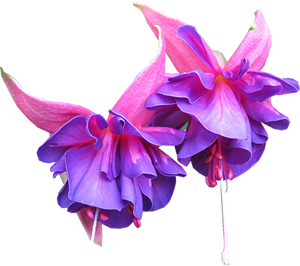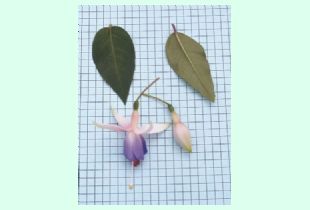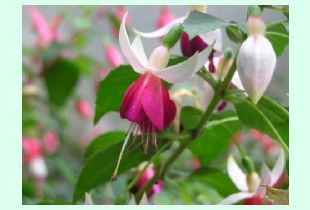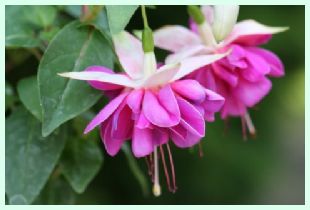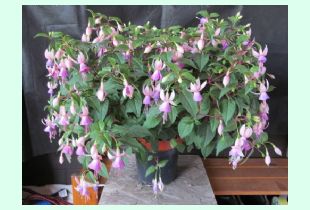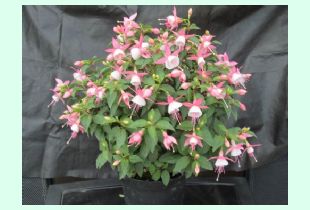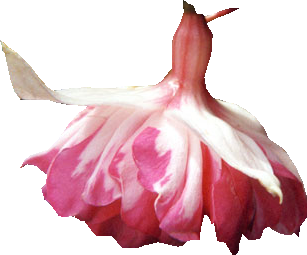
MEMBERSHIP RENEWALS FOR THE 2025/2026 YEAR ARE DUE FROM 1ST NOVEMBER 2025. PLEASE REMEMBER TO RENEW BY THE 31ST JANUARY
Now we are well into autumn, we have had a period of very wet and very mild weather. The outside garden hardy fuchsias that have been flowering their socks off after the hot and dry summer. However the forecast is the weather will turn colder from mid-November and soon the first frosts will have blackened all the leaves and they will go dormant for another year. Once the leaves have come away then you can prune back the stems about one third to remove any green stems and minimise any loosening of the plant by strong winds over the winter. The main prune is done in mid to late March or early April next year. All the fuchsia will benefit from some extra insulation around the crown of the plant such as a layer or straw or similar. This especially applies to any hardy fuchsias which have only been planted this year.
The showmen will have already cut a lot of their plants back in August and by now they will have good green shoots on and either have been put away in the heated greenhouse or soon to be so. These plants are also used to take cuttings which can be overwintered in the greenhouse. Make sure the greenhouse is cleaned and sterilised and the plants are free of pest and disease before putting away for the winter. Any Standards or other fuchsias you wish to save from containers or the garden also need to be dug up, pruned, de-leafed and potted up, and then put away in the heated greenhouse to start to grow again or other frost free storage areas as dormant plants. Please do not forget that the renewals are due on the first of November 2025.
Why not have a look at the links page and visit some of the fuchsia nursery websites and see what they have new for next year. Some have a catalogue or lists you can download as a PDF file, others you may have to contact for a printed copy sending an SAE or stamps to a certain value. Those that advertise with us will also have details in there adverts in the Annual. Some nurseries open early in the new year, others send out by mail or carrier. Getting your order in early means you will get your plants early the next year, as soon as the weather is suitable to post them out.
Note that those of you who renew via the website it will now be possible to order your members plants for collection or add the post and packing fee to your renewal to have the fuchsia plugs posted to you. This will mean you do not need to return the form. Again note that this part of the membership page will only be active between 1st November to the 31st January for UK members/
Greenhouse
- The greenhouse needs to have clean glass to maximise light.
- Keep plants as far apart as possible and avoid leaves touching. Ventilate the greenhouse as much as possible, espeacially if using gas or paraffin heaters.
- Turn plants through 90° every few days.
- Keep an eye out for any pests and treat as soon as seen. Remove any yellowing or fallen leaves promptly.
- A regular spray of the plants with SB Plant Invigorator will also help to discourage Whitefly, Red Spider Mite and Aphids.
- Check plants for any signs of vine weevils (Plant loose in compost or fine dust on surface). Repot in fresh compost and destroy any weevils found.
- Take cuttings from suitable growth as the opportunity arises.
- Ensure you have sufficient fuel/spare gas cylinders. Greenhouses with overwintering plants in green leaf shoud be kept at a minimum of 4°C.
- Ensure any pot plants you wishe to keep are cut back and protected
- Your hardy fuchsia planted in the garden should should be cult back by a third.
- If you hardy plants have had a serious Fuchsia Gall Mite infestation cut them back hard to the ground and burn all the removed wood.
- Most Important! Continue to enjoy your fuchsias

